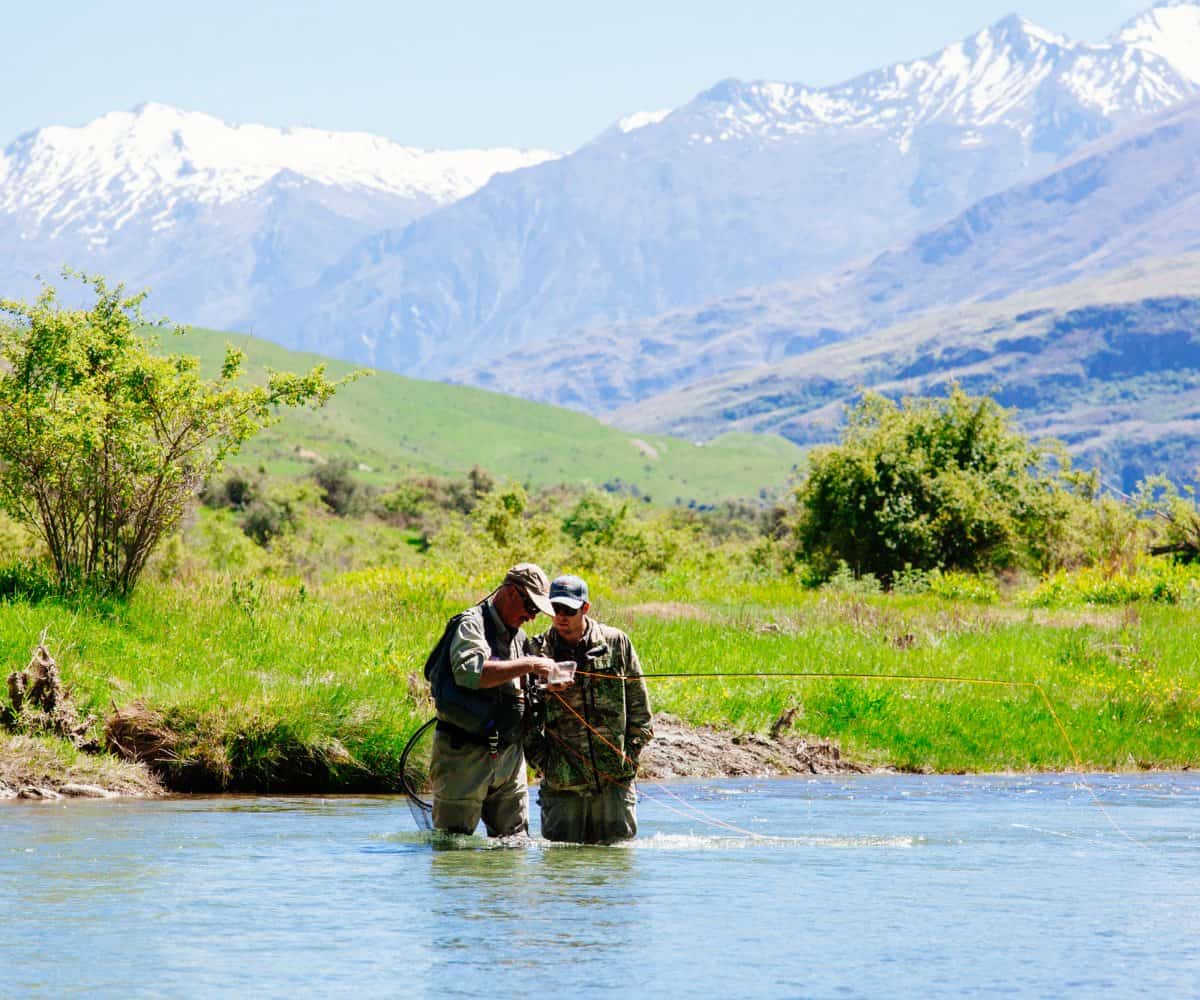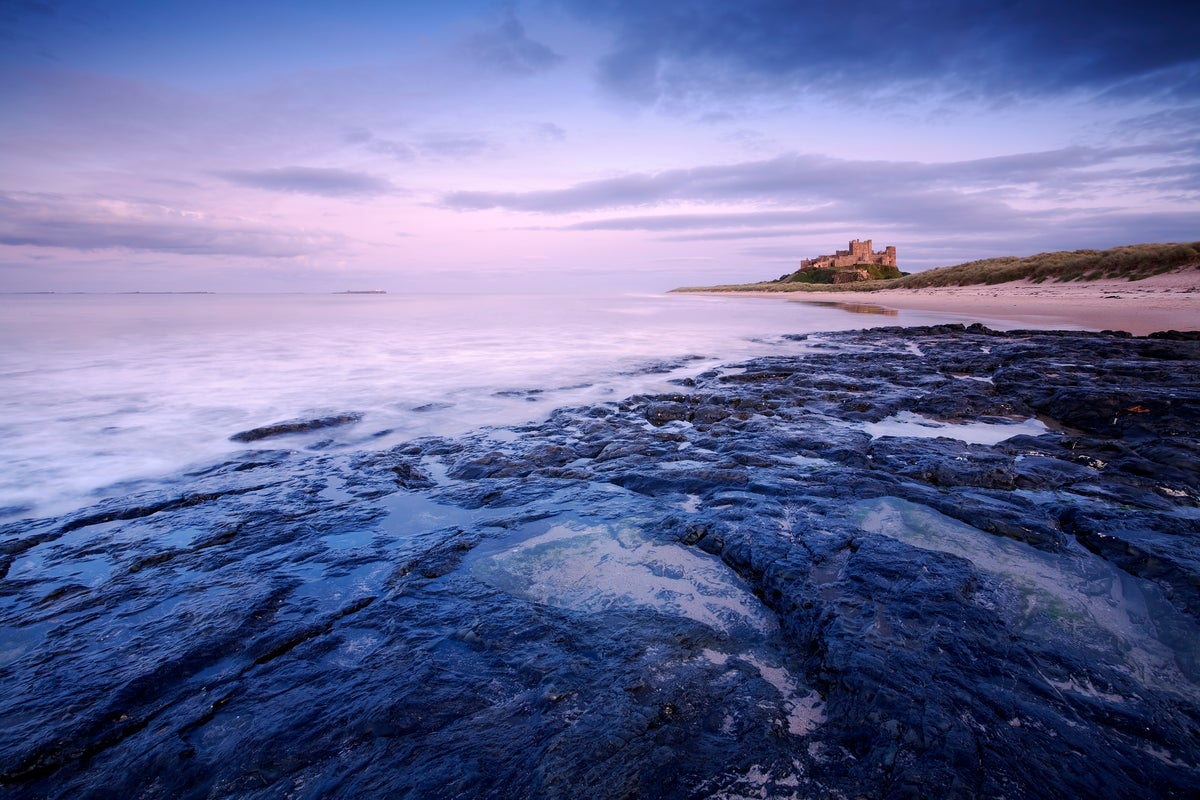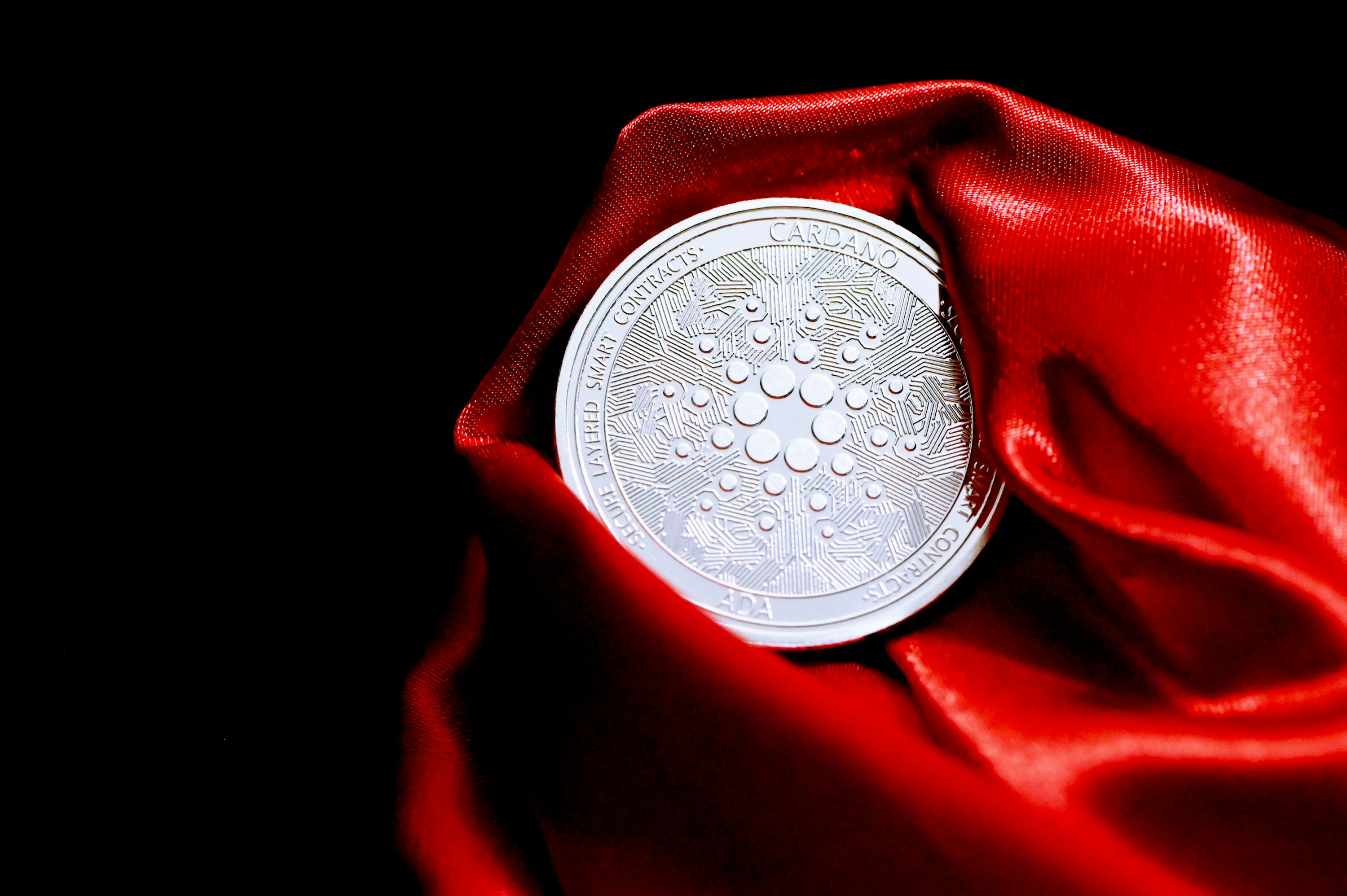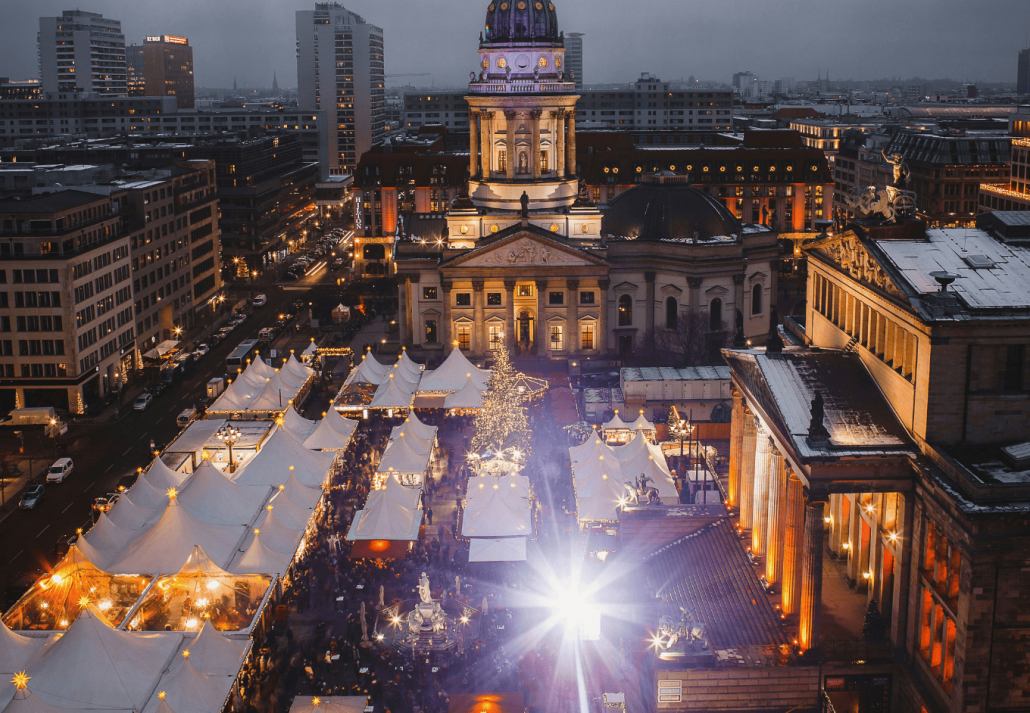Colors of Climate
Nicole Kelner takes climate data and turns it into calming watercolor visualizations. | Photo by Amelia Holowaty Krales / The VergeNicole Kelner’s watercolors bring calm to images of climate change Continue reading…

Sometimes, Nicole Kelner’s watercolor art demonstrates the shrinking population of monarch butterflies, or calls attention to the benefits associated with certain kinds of green energy, like ground-source heat pumps. Other times, it reflects jarring data about the warming of the Earth. But every stroke Kelner makes with her razor-thin paintbrush represents a bigger picture than what’s on the page.
“I care a lot about climate change and have been trying to find a way of how I can be the most useful in this space without having a technical background,” Kelner said in an interview with The Verge. “I found this to be a really interesting way of basically making my own flashcards every day and learning by physically doing.”
:no_upscale()/cdn.vox-cdn.com/uploads/chorus_asset/file/23295291/akrales_220303_5041_0430.jpg) Nicole Kelner with some of her watercolor paintings.Photo by Amelia Holowaty Krales / The Verge
Nicole Kelner with some of her watercolor paintings.Photo by Amelia Holowaty Krales / The Verge
Kelner’s day job is operations manager at the Dashboard.Earth app, a platform for those interested in combating climate change. It’s geared toward directing users to take meaningful actions against climate change in Los Angeles County — and eventually, beyond. In addition to aggregating news stories about the environment, it also shows the environmental impact other users have made in the community, like reducing the water they use at home or planting a tree.
At the start of 2022, Kelner decided she wanted to create a new piece of watercolor art every day for the next 100 days, mimicking the “100 days” challenges that artists and writers often commit to on social media, digitally binding them to their promise of exercising creativity on a daily basis.
She didn’t originally set out to make art about climate change, but after her piece showing kelp’s impact in reducing carbon dioxide got such a positive response on Twitter, she decided to focus solely on climate change art. Her work at Dashboard.Earth is all about taking smaller steps to a greater goal, something that Kelner’s watercolors immediately reflect.
:no_upscale()/cdn.vox-cdn.com/uploads/chorus_asset/file/23275954/kelner_climate_stripes_watercolors.jpeg) Nicole Kelner uses watercolors to visualize complex climate concepts.Image by Nicole Kelner
Nicole Kelner uses watercolors to visualize complex climate concepts.Image by Nicole Kelner
Kelner says she always had an affinity for art. During college, she dabbled in sewing and selling a handy solution that combines a phone case with a purse, culminating into a brand she called SmartPurse — a creation that nearly landed her on the show Shark Tank. She later picked up watercolor painting after taking a class while traveling in Malaysia, a skill she has now translated into her climate-focused art.
In 2015, Kelner co-founded an after-school program called The Coding Space — which taught around 2,500 kids how to code at the time — and helped bring that startup to acquisition in 2019. She says her involvement helped her learn how to break down complex information into “bite-sized” chunks. She worked as a consultant at the Biomimicry Institute in 2019, and later as chief of staff at Climate Finance Solutions in 2020, and came to Dashboard.Earth in 2021.
One of Kelner’s most popular climate pieces is a set of vertical lines transitioning from a cloudy blue to a vibrant red, which Kelner modeled after data representing the rise in Earth’s temperature between 1850 and 2021. When you figure out that essential piece of context, the artwork transforms from a soothing, abstract painting to something much more meaningful — and devastating.
Some of her other pieces lay out data and environmental processes in much more straightforward — but far from boring — ways, complete with painted text that tells you exactly what’s going on. One of her paintings shows the process of whales and carbon sequestration, which sounds like something dull and esoteric. It’s a topic I never would’ve considered searching during my free time (no offense, climate scientists), not because I don’t care, but because it’s something I honestly never even heard of — and I think that’s the point.
Kelner’s art even explains a process involving whale poop in a surprisingly elegant way. This piece, and many of her others, are a cross between something you’d find in a science textbook and a piece of modern home decor. Some of her other work transforms data and climate awareness into digestible elements that can appeal to people who aren’t invested in climate activism at all, such as her painting that uses emoji-like icons to demonstrate how the US produces electricity and which energy sources we use the most. The piece stacks six rows of dinosaurs atop each other, followed by two rows of vibrant nuclear energy symbols, and scant amounts of wind, solar, and biomass energy markers, indicating a severe lack of renewable energy sources in the US.
:no_upscale()/cdn.vox-cdn.com/uploads/chorus_asset/file/23295277/akrales_220303_5041_0107.jpg) Nicole Kelner at work on her climate change watercolors.Photo by Amelia Holowaty Krales / The Verge
Nicole Kelner at work on her climate change watercolors.Photo by Amelia Holowaty Krales / The Verge
Kelner starts her artistic process by choosing a climate-related topic from her running (and ever-growing) list of ideas — most of which were requested by her Twitter followers. When Kelner isn’t inspired to model her art after an infographic or diagram about the topic from climate scientists, she spends hours piecing together information and creating her own visualization of the information at hand. After all that research comes the painting process, which she says is actually the quickest part.
:no_upscale()/cdn.vox-cdn.com/uploads/chorus_asset/file/23276006/whales_climate_change_watercolors.jpeg) Kelner’s watercolors bring beauty to something as mundane as carbon sequestration.Image by Nicole Kelner
Kelner’s watercolors bring beauty to something as mundane as carbon sequestration.Image by Nicole Kelner
Kelner’s art has attracted attention both in and outside the scientific community. Some Twitter users have even adopted her “Climate Stripes” and “Electrify Everything” watercolors as their profile headers. After people expressed interest in actually buying her work, she created a site to sell prints, apparel, mugs, pillows, and tote bags with some of her designs.
It’s pretty clear that this project has turned into much more than just a 100 days of art challenge. Of what’s next for her, Kelner says she would love to paint a mural or even create a book of her art, but would retain the same themes as her climate watercolors.
“I want to create more art that inspires awe and hope around climate change rather than fear,” Kelner says, “because I think it is something that we really need: more vision holding rather than just fearmongering.”

 FrankLin
FrankLin 

























.jpg&h=630&w=1200&q=100&v=6e07dc5773&c=1)





